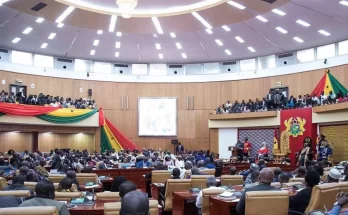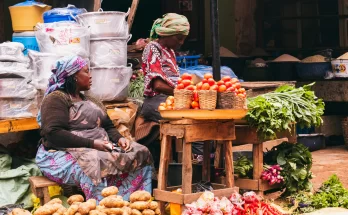The Cameroonian government has sought a tax solution to curb the effect of erratic rains that have reduced power generation, encouraging migration to solar power.
Cameroon Solar Tax is a recurring decimal in the discussion that centres around constant power supply as a viable force for building a sustainable economy globally and especially in Cameroon where the rate of rising poverty is alarming, hence the need to make a concerted effort in curbing its adverse effect.
It is on the need to increase power generation that the Cameroonian government is currently putting in place tax incentive measures to afford people to migrate from hydro-generated power to solar energy.
This new drive is following a 10-year elimination and reversal of several taxes in the solar sector which includes payment of stamp duty on equipment used to build renewable energy projects implemented last year.
Other strategic moves to liberalise the sector through tax incentives include the introduction of a significant tax cut to attract funding for solar projects.
Beyond the rationale to curb the fallout of the inconsistent rains recently experienced in the country that has further reduced the number of megawatts generated from the grids and dams, the tax-cut scheme according to the government is to stabilize the country’s energy grid while lowering carbon emissions.
Recall that in Cameroon, the adoption of solar power was made popular by the University of Yaounde which invested in a micro-grid in 2018 as part of a measure to curb the persisting erratic power supply due to its water-dependence irrespective of the scarcity of rain due to the global phenomenon of climate change.
Envisaged Challenges
As commendable as this policy can be if not managed properly can give room for new sets of challenges. This challenge the possibilities of corruption as government officials are capable of collecting bribes from investors to grant them these incentives regardless of their eligibility.
Also, submissions in the public domain have it that Cameroon finding enough trained engineers in the solar field to maintain some of these investments also rank as a major bottleneck.
Government’s Perspective
The statement from the government that followed the tax incentives rolled out to make the adoption of solar energy more attractive hinges on the need to bring about a stable power supply in the country with more consideration for the rural areas.
In a recent interview conducted by Thomson Reuters Foundation, Pierre Narcisse Massoma Bille; Director of Renewable Energy at the Ministry of Water & Energy, was said to summarise the new move as a necessity to overcoming development challenges from the power sector.
In his words,
“The incentives will not only help the country meet its development challenges but also help in the fight against climate change.”
Also, the adoption of deliberate efforts to grow a viable alternative to power generation is in line with Cameroon’s national plan to increase its grid capacity from 1,500MW to 5,000MW by 2030, electrifying more areas of the country.
The other aspect of the national power plan of the Cameroonian government is the reduction of hydropower by relying on renewable sources of electrification by 2035. This translates to an additional 6% growth in power generation and distribution by 2035.
A report from the World Bank highlights that only 60% of the country’s population has access to electricity, with most of that concentrated in urban areas. Rural electrification stands at a mere 25%.
Experts’ Opinion and Aftermath
This move by the government is also attracting expert opinion both on its implementation modalities and economic potential. On the flip side, players in the power sectors are beginning to take advantage of the process.
Huawei, one of the Chinese companies putting money into Cameroon’s renewable energy sector has released a statement, saying the tax cuts should make it easier for major international players to expand their solar investments in the West African country.
In a report in the public domain, Cameroon’s main electricity supplier; Eugene Ngueha, commends the tax cuts admitting that it is already taking an advantage of it to build two solar power plants Maroua and Guider, located in the Northern region of the country.
In a similar development, photovoltaic systems were recently installed in five towns, all courtesy of The French Facility for Global Environment; a public bilateral fund.




